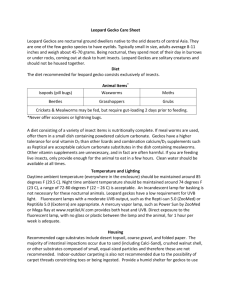Q1. The diagram shows the genetic inheritance of cystic fibrosis (CF
advertisement
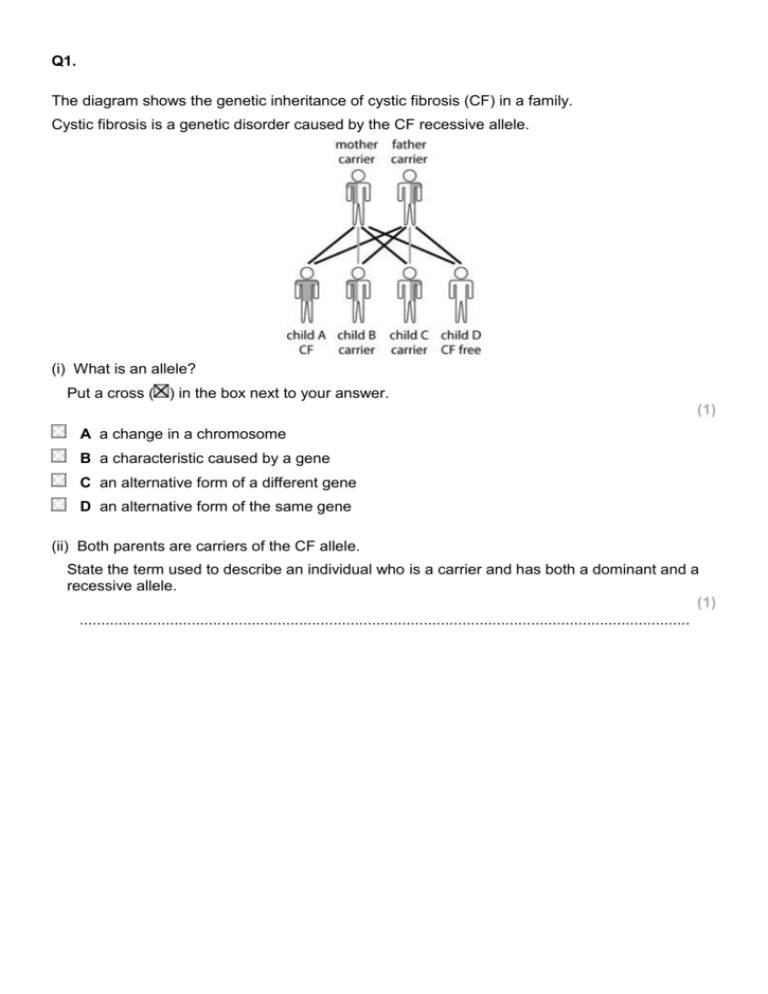
Q1. The diagram shows the genetic inheritance of cystic fibrosis (CF) in a family. Cystic fibrosis is a genetic disorder caused by the CF recessive allele. (i) What is an allele? Put a cross ( ) in the box next to your answer. (1) A a change in a chromosome B a characteristic caused by a gene C an alternative form of a different gene D an alternative form of the same gene (ii) Both parents are carriers of the CF allele. State the term used to describe an individual who is a carrier and has both a dominant and a recessive allele. (1) .............................................................................................................................................. Q2. The diagram shows a chromosome. (i) Use words from the box to complete the sentences. (2) Chromosomes have sections which code for specific characteristics. Each characteristic is coded for by a . . . . . . . . . . . . . . . . . These exist in alternative forms called ................ (ii) Complete the sentence by putting a cross ( ) in the box next to your answer. In a human body cell, chromosomes are found in the (1) A cell membrane B cytoplasm C DNA D nucleus Q3. The photograph shows a single-celled bacterium. (a) (i) Complete the sentence by putting a cross ( Bacteria are classified into the kingdom ) in the box next to your answer. (1) A animalia B plantae C fungi D prokaryota (ii) Complete the sentence by putting a cross ( Bacteria do not contain ) in the box next to your answer. (1) A a cell membrane B a cell wall C a nucleus D chromosomes (b) Viruses are not classified into any kingdom. Describe what a virus does after it has entered its host. (2) .............................................................................................................................................. .............................................................................................................................................. .............................................................................................................................................. .............................................................................................................................................. (c) All vertebrates have a backbone and are classified into groups. (i) Use words from the box to complete the sentences about one method of classification. (2) Once fertilisation has occurred some vertebrates lay eggs. Vertebrates that lay eggs are known as . . . . . . . . . . . . . . . . . . . . . Vertebrates that give birth to live young are known as . . . . . . . . . . . . . . . . . . . . . (ii) Describe two other methods scientists can use to place vertebrates into groups. (2) .............................................................................................................................................. .............................................................................................................................................. .............................................................................................................................................. .............................................................................................................................................. (Total for Question is 8 marks) Q4. Scientists investigated one aspect of diet on the growth of six people. When the six people were babies, they had different masses of calcium in their diets. The height of each person was recorded when they were 10 and 18 years old. The results are shown in the table. (i) Complete the sentence by putting a cross ( ) in the box next to your answer. The person with the most growth between 10 and 18 years had a daily diet containing (1) A 300 mg calcium per day B 700 mg calcium per day C 900 mg calcium per day D 1100 mg calcium per day (ii) Calculate the average rate of growth per year between the age of 10 and 18 for person 3. (2) answer = ......................................................cm per year (iii) Describe the effect of the mass of calcium in the diet of a baby on their height at the age of 10 and 18. (3) .............................................................................................................................................. .............................................................................................................................................. .............................................................................................................................................. .............................................................................................................................................. .............................................................................................................................................. .............................................................................................................................................. (iv) Height can be illustrated by a normal distribution curve. Give the name of this type of variation. (1) ..............................................................................................................................................




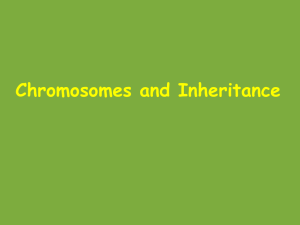
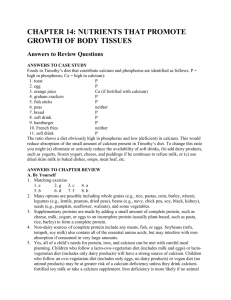
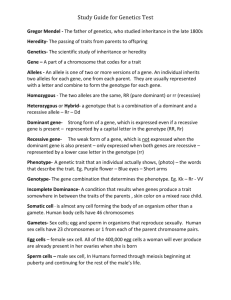


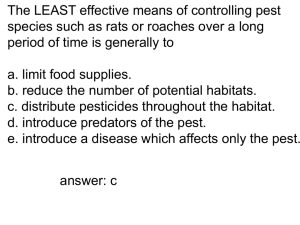
![2012 [1] Rajika L Dewasurendra, Prapat Suriyaphol, Sumadhya D](http://s3.studylib.net/store/data/006619083_1-f93216c6817d37213cca750ca3003423-300x300.png)
